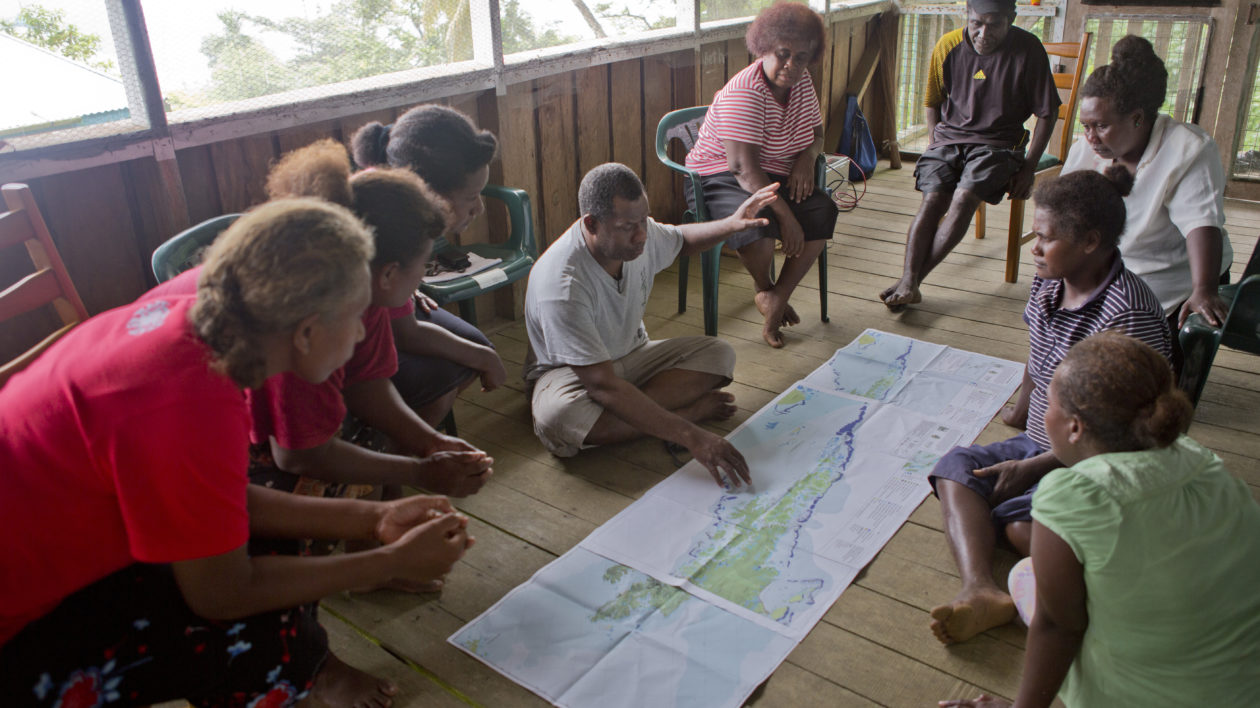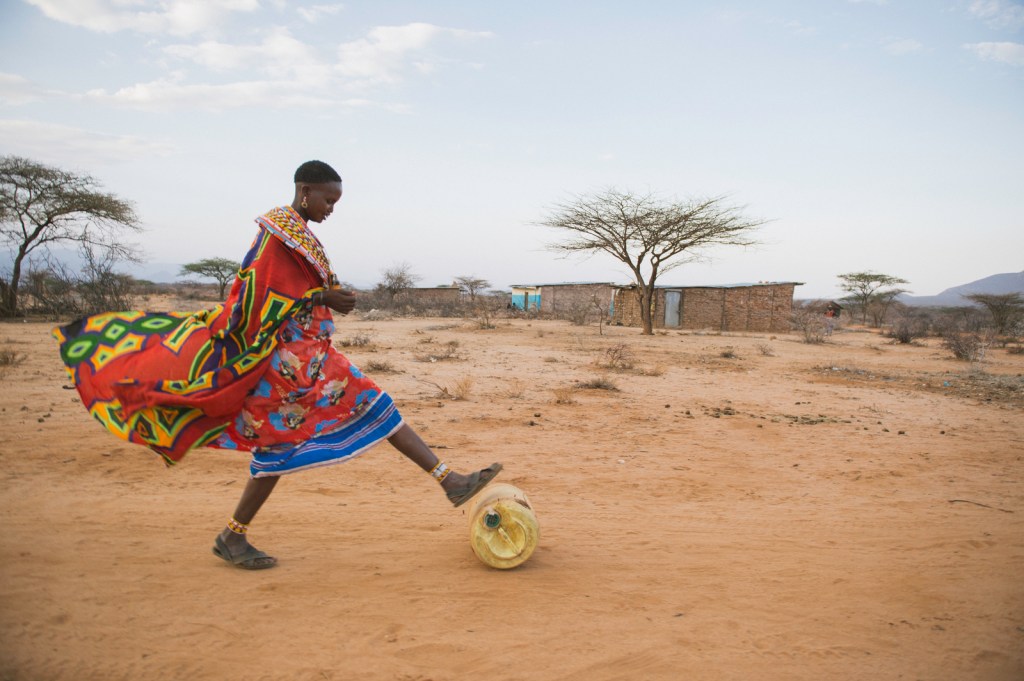Conservationists often talk about “going to scale”—initiatives that go big and go fast. But new research shows that there’s a tradeoff between speed and uptake, with most initiatives requiring decades to start proliferating on their own.
The Gist
Going to scale may be the holy grail for conservation initiatives, but conservationists don’t have a good understanding of why or how certain initiatives achieve that feat, whereas others fail.
A team of scientists led by Morena Mills, an environmental social scientist at Imperial College London, examined 22 case studies of conservation initiatives across the globe. They calculated the potential number of adopters—people, communities, or governments that could benefit from the initiative—and then modeled the uptake of each initiative over time. Their results were published recently in Nature Sustainability.
“We found that most of these initiatives spread like a disease, where they depend on a potential adopter catching the conservation ‘bug’ from an existing one,” says Mills.
Uptake of the new initiative is slow at first, but then speeds up rapidly as early adopters make contact with more and more potential adopters. Eventually, uptake slows again, as all of the potential adopters have either engaged with or decided against the initiative.
One example is the use of locally managed marine protected areas (LMMAs) in the Pacific Islands, which are designed to protect local reefs and marine resources. Communities with successful LMMAs tell their neighbors about their increased fish stocks, which leads to more and more communities adopting their own protected areas.
Of the 22 case studies, 83 percent fit this slow-fast-slow model of spread. The remainder followed a fast-slow pattern, more typical of top-down initiatives implemented by governments or international environmental treaties.
The Big Picture
Conservationists need to readjust their expectations for just how far and how fast conservation initiatives are adopted by others.
“Going to scale fast never happens,” says Hugh Possingham, chief scientist at The Nature Conservancy and author on the paper. “In these case studies it took 20 or 30 years to get to the inflection point of 50 percent adoption,” he says, “so we need to be patient and have long-term commitments to specific geographies and projects.”
A slow start is not necessarily an indicator that a method or tool won’t go to scale eventually. But even the most successful case study, community conservancies of the Northern Rangelands Trust in Kenya, took ~20 years until it reached more than 50 percent adoption.
“We also need to recognize that some things just won’t go to scale by spreading like a disease,” says Possingham. “Sometimes you really do have to turn up to every community or every farm, and that doesn’t mean the intervention isn’t worth doing.”

The Takeaway
So far, most conservation activities have either rapid uptake or reach a large number of potential adopters — but not both. The key to minimizing that tradeoff will be in making conservation interventions more appealing to their potential adopters.
“We have a lot of work to do to ensure that we can tweak existing or develop new initiatives that will rapidly reach the scale we need to mitigate biodiversity loss,” says Mills.
Mills and her colleagues are working to identify what characteristics make initiatives more likely to be adopted by potential users. Early findings suggest that initiatives need to be simple and compatible with the values of the people we want to use them.
“We need to develop a better understanding of how and why initiatives go to scale and which ones have the biggest positive impacts on both nature and people,” says Mills.




Join the Discussion